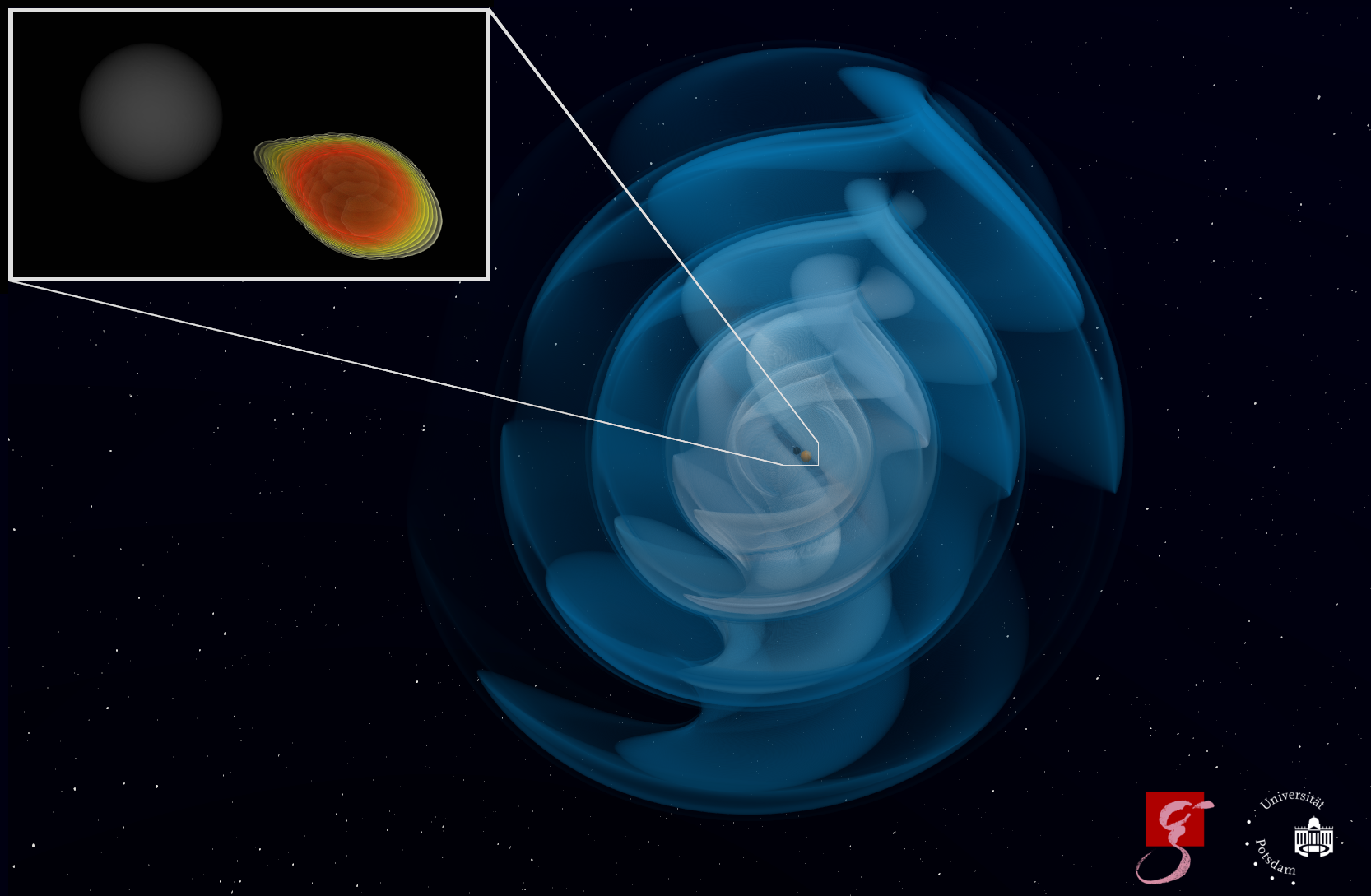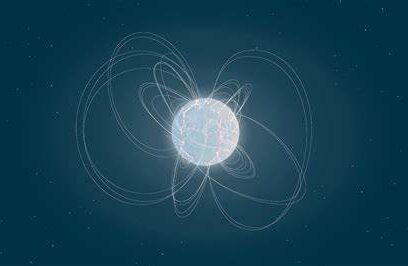
Welcome!
I am Jing-Ze Ma (马竟泽), a young theoretical astrophysicist. I am currently a PhD student at Max Planck Institute for Astrophysics, working with Prof. Dr. Selma de Mink. I grew up in Beijing, China. Before moving to Germany, I obtained my bachelor’s degree at Tsinghua University in China in 2022. I am interested in the 3D radiation magnetohydrodynamics of any astrophysical object, and the lives, deaths, and afterlives of stars, in particular those of massive stars and binaries.
I like to talk to other astrophysicists and get to know their works. I also enjoy hiking and singing with the choir.
RESEARCH INTERESTS

Stellar evolution

Compact objects

Transients

Radiation MHD
NEWS & POPULAR SCIENCE
2024
“A new spin on Betelgeuse’s boiling surface” featured in multiple media sources.
English: Scientific American, Nature Astronomy, AAS Nova, Space.com, Phys.org, Sky & Telescope, Universe Today, MPA Research Highlight
French: Futura Sciences, Observatoire de la Côte d’Azur
Italian: INAF (National Institute for Astrophysics)
Dutch: Astronomie.nl, Alles over sterrenkunde
2023
“Does Betelgeuse Even Rotate? Maybe Not” featured in Phys.org and Universe Today.
PUBLICATIONS
2024
10. Jing-Ze Ma , Ruediger Pakmor, and et al. “AREPO-IRT family: Radiation hydrodynamics on a moving mesh based on implicit radiation transport – flux-limited diffusion, M1 closure, variable eddington tensor, and discrete ordinates”. in preparation, 2024.
9. Jing-Ze Ma , Rob Farmer, and Selma E. de Mink. “Carbon yield from massive binary-stripped stars: effect of metallicity and orbital period”. in preparation, 2024.
8. Ruggero Valli, Christopher Tiede, Alejandro Vigna-Gomez, Jorge Cuadra, Magdalena Siwek, Jing-Ze Ma, Daniel J. D’Orazio, Jonathan Zrake, and Selma E. de Mink. “ Long-term Evolution of Binary Orbits Induced by Circumbinary Disks”. submitted to Astronomy & Astrophysics, 2024.
7. Jing-Ze Ma , Andrea Chiavassa, Selma E. de Mink, Ruggero Valli, Stephen Justham, and Bernd Freytag. “ Is Betelgeuse really rotating? Synthetic ALMA observations of large-scale convection in 3D simulations of Red Supergiants” . The Astrophysical Journal Letters, 962:L36, 2024.
2023
6. R. Farmer, E. Laplace, Jing-Ze Ma, S. E. de Mink, and S. Justham. “ Nucleosynthesis of Binary-stripped Stars”. The Astrophysical Journal, 948:111, 2023.
5. Taeho Ryu, Rosalba Perna, Ruediger Pakmor, Jing-Ze Ma , Rob Farmer, and Selma E. de Mink. “ Close encounters of tight binary stars with stellar-mass black holes”. Monthly Notices of the Royal Astronomical Society, 519:5787, 2023.
2022
4. Yu-Qing Lou and Jing-Ze Ma . “ Supermassive stars with random transverse magnetic fields”. Monthly Notices of the Royal Astronomical Society, 516:1481, 2022.
3. Jing-Ze Ma and Bing Zhang. “ Reverse shock forming condition for magnetized relativistic outflows: reconciling theories and simulations”. Monthly Notices of the Royal Astronomical Society, 514:3725, 2022.
2. Jing-Ze Ma and Bing Zhang. “ Relativistic oblique shocks with ordered or random magnetic fields: tangential field governs”. Monthly Notices of the Royal Astronomical Society, 511:925, 2022.
2020
1. Jing-Ze Ma, Hong-Yu Lu, Xiao-Song Li, and Yu Tian. “ Interfacial phenomena of water striders on water surfaces: a review from biology to biomechanics”. Zoological Research, 41(3):231, 2020.
EDUCATION
Sep. 2022 – 2026 (expected)
PhD candidate
in Astrophysics
Max Planck Institute for Astrophysics, Garching, Germany
Ludwig-Maximilians-Universität, Munich, Germany
Sep. 2018 – Jun. 2022
Bachelor’s degree
in Engineering Mechanics
Tsinghua University, Beijing, China